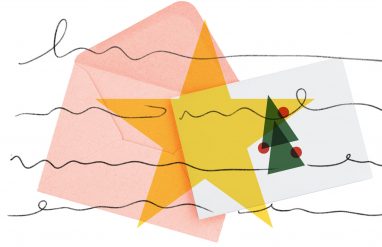Even though many of us are hooked on phonics, there are some words in the English language that are easier to memorize as a whole word. (Try “sounding out” could, and you will see what we mean.) We call these high-frequency words sight words because readers should be able to identify them on sight. The best way to gain this important skill is to practice, practice, practice.
In this article, we will give you some tips and tricks to make practice engaging and supportive when teaching sight words to emerging readers.
There are two widely used lists of sight words in English: the Dolch list and the Fry list. The Fry list is longer and more recently updated, although there is a lot of overlap between the two lists. Here, we have included a list of 100 common sight words that’s organized by part of speech and that references both lists.
How to teach sight words
When teaching sight words, you’ll want to keep a couple of basic principles in mind. First, try not to teach more than three to five new sight words per lesson. Ideally, each lesson should include a mix of sight words learned previously and new vocabulary.
Second, it is important to be consistent when teaching and learning sight words. That means regular, daily practice and structured, routine lessons. Of course, just because the words have to be repeated over and over again doesn’t mean you have to do the same activities every day. That would violate the third, and most important, principle of teaching sight words: reading should be fun!
When introducing new terms, you should illustrate the terms whenever possible. These can be simple drawings. For example, you can illustrate be with a simple stick figure. The idea is just to have some image associated with each word, even if the relationship is abstract. Depending on the age group, you can also have the student create their own illustrations or symbols for each word to help them build associations with it. For example, a student might choose to symbolize was with a backwards-facing arrow.
As students learn sight words, it’s important they see them over and over again. For each new set of words, it’s encouraged that students create flashcards so they can handwrite the terms. Writing by hand improves memory. They can then use these flashcards to practice regularly. However, avoid long flashcard drills—they can cause burnout. It’s better to mix it up with a fun activity as much as possible.
Read on for a list of 100 sight words that you can use to practice with.
Articles
Pronouns
Verbs
- am
- are
- ask
- be
- been
- called
- can
- come
- could
- find
- get
- go
- had
- has
- have
- is
- look
- made
- make
- may
- said
- see
- use
- was
- were
- will
- would
- write
Prepositions
Conjunctions
Adjectives
Adverbs
Nouns
Fun Activities
There are many fun activities you can use to review sight words in an interactive, tactile way. In general, it is great to pair a reading or writing lesson with another element like blocks, magnets, or music, especially when working with younger learners. Here are some ways you can do this in your own home or classroom.
- Get colored sand, soft clay, or a small amount of nontoxic paint in a sealed, plastic bag. Have the student copy the word with their finger in the material while looking at it. Then, have them “erase” their work. Hide the word and ask them to write it again without reference.
- Point out sight words when reading aloud. As a review activity, create bingo cards with sight words for students to look for while listening to a read-aloud. For especially active students, create a “word stomp.” In this extension, put the sight words on pieces of paper on the ground and have the student step on the word when they hear or see it.
- Sight word memory game: play Memory with common sight words. Make pairs of cards with the sight words on them. Lay the cards face down. Turn two cards. If they match, remove them. If they don’t, flip the cards face down and try again. Continue until all of the cards have been cleared from the field.
- Sight word scavenger hunt: write the sight words on styrofoam balls. Put them in various buckets or baskets around the room. Give each student a list of sight words to find.
- Sight word spelling race: give the student(s) letter blocks or magnets. Say a sight word aloud without showing it and have the student spell the word in their blocks or magnets.
Working on sight words doesn’t have to be boring. It can actually be a lot of fun, and it gives students a real sense of success when they start recognizing words quickly.












